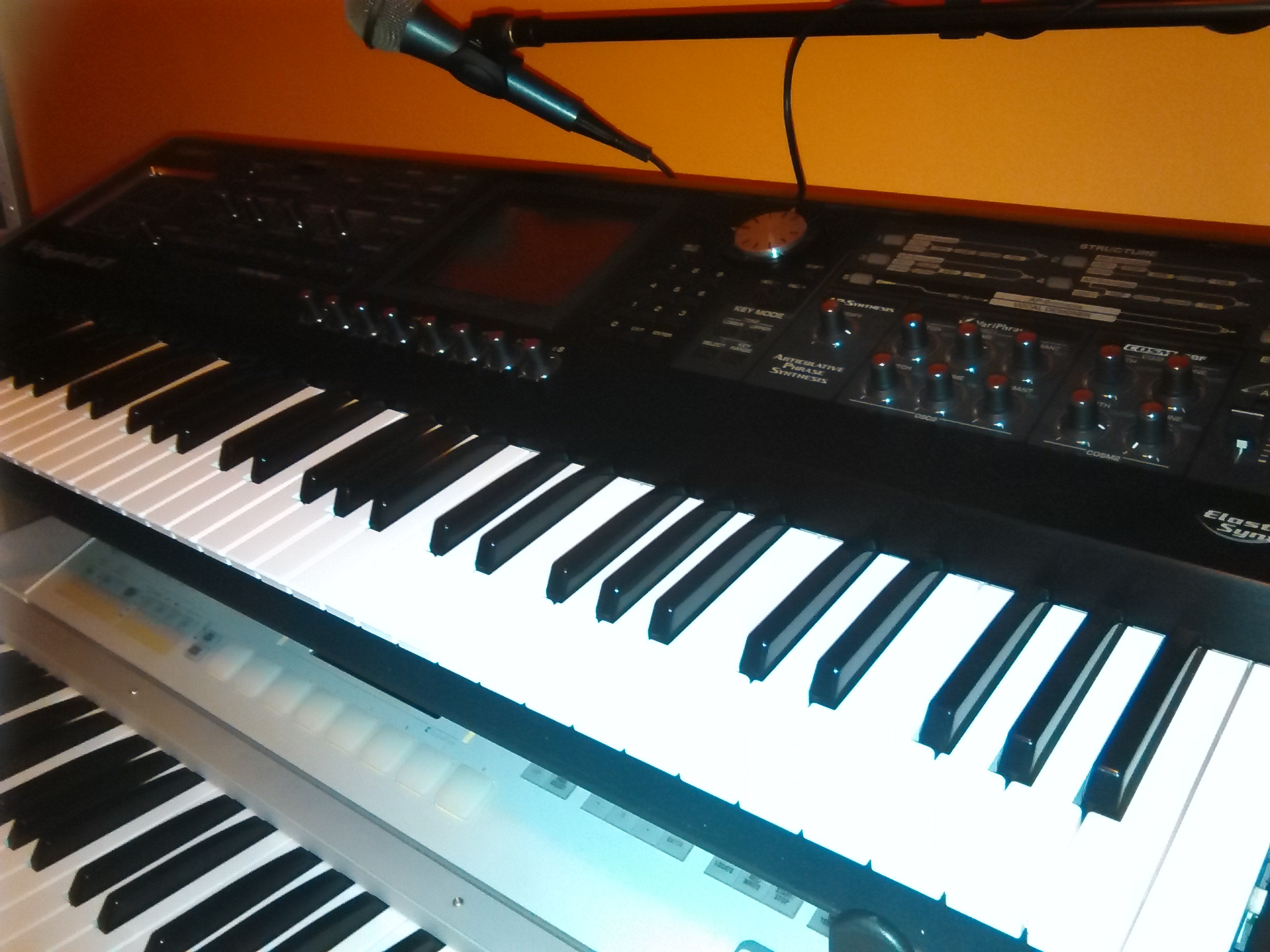

The starting point is to choose one of the five types of structure. But the V-Synth is much more about creating sounds, so let´s take a look at how this works. Since a patch is a combination of both cores (or tones), they can be very dense with as many as six oscillator layers sounding. Some of these are spectacular and are programmed to show off the interaction and sound mangling potential of the machine with the controllers. The review model came loaded with just over 300 patches covering the complete spectrum from basic bread and butter analogue sounds, to complex futuristic soundscapes and back to acoustic emulations at the other end. The combination of both is called a patch. The two ‘cores´ are referred to as the upper and lower tone on the keyboard and can be split into zones or layered in a mix and match way. There are a couple of assignable knobs that do behave well, and these (along with the D-Beam and TT pad) are highly configurable for controlling the synth, and can also be assigned to send any MIDI CC numbers from the global system menu. This means that they´re not very good for performing with, and since they don´t kick out any MIDI information (neither do the envelope sliders) they´re not much use for sequencing either. It can take the audio as much as a quarter of a second to catch up with the movement, with audible stepping. These dials are mapped to the main parameters such as the filter´s cut-off and so on, but they don´t have the kind of lightning-fast response on the sound that we´d expect. The colour touchscreen sits it the central position and a row of eight editing dials are positioned below it.


 0 kommentar(er)
0 kommentar(er)
